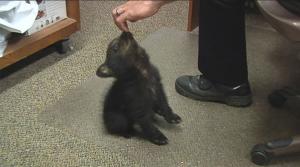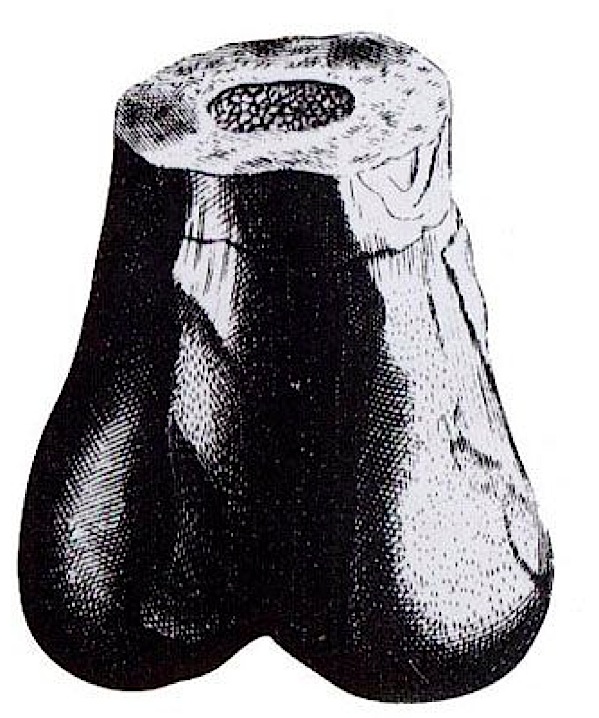Carolina Naturally is read in 199 countries around the world daily.
Can you smell the Magnolias ... !
Today is - Mint Julep Day
Don't forget to visit our sister blog: It Is What It Is
Some of our reader today have been in:
The Americas
Santiago, Chile
Vancouver, Ottawa, Saint John's, Joliette, Britannia, L'acienne-Lorette and Montreal, Canada
Cochabamba, Bolivia
Sao Paulo and Rio De Janeiro, Brazil
Tipitapa, Nicaragua
Bogota, Colombia
Colegiales, Argentina
Caracas, Venezuela
Europe
Sarajevo, Bosnia and Herzegovina
Nowe Maisto Lubawskie and Warsaw, Poland
Santa Cruz De Tenerife and Madrid, Spain
London, England
Dublin, Ireland
Makrakomi and Athens, Greece
Veliz-Villacoublay and Nice, France
Ryazan, Yaroslavl', Vladivostok and Dolgoprudnyy, Russia
Frankfurt Am Main, Kabel and Dortmund, Germany
Legnano, Ivrea, Milan and Rome, Italy
Nokia, Espoo and Vantaa, Finland
Reykjavik, Iceland
Riga, Latvia
Groningen, Netherlands
Teixoso, Portugal
Asia
Balakong and Kuala Lumpur, Malaysia
Pontianak, Indonesia
Jodhpur, Gurgaon, New Delhi, Chetput, Shillong, Bangalore, Thiruvananthapuram, Chennai, Chandigarh, Mumbai and Delhi, India
Karachi, Pakistan
Tehran and Hamadan, Iran
Beijing, China
Colombo and Pita Kotte, Sri Lanka
Seoul, Korea
Tokyo, Japan
Hong Kong, Hong Kong
Africa
Cairo, Egypt
Cape Town, South Africa
Algiers, Algeria
Shurgwi, Zimbabwe
The Pacific
Sydney, Australia






































